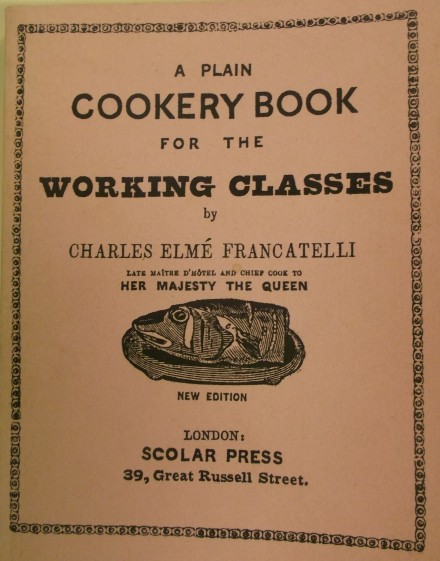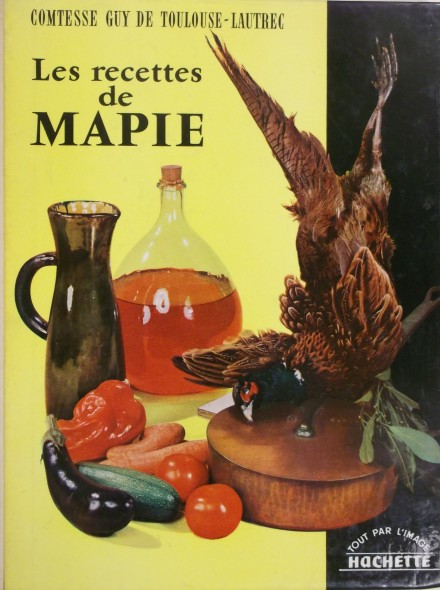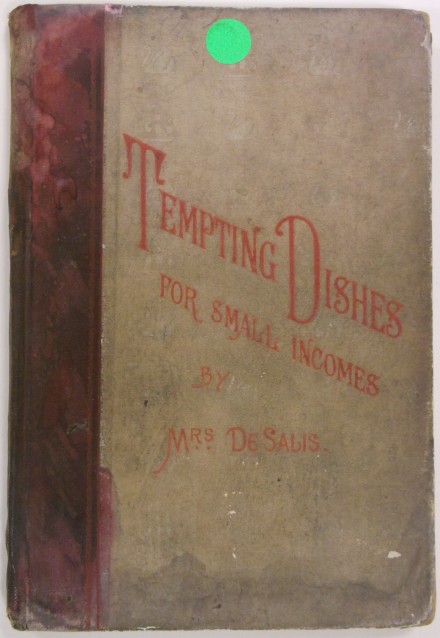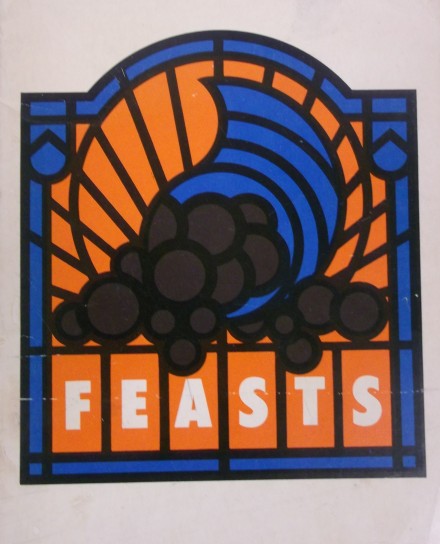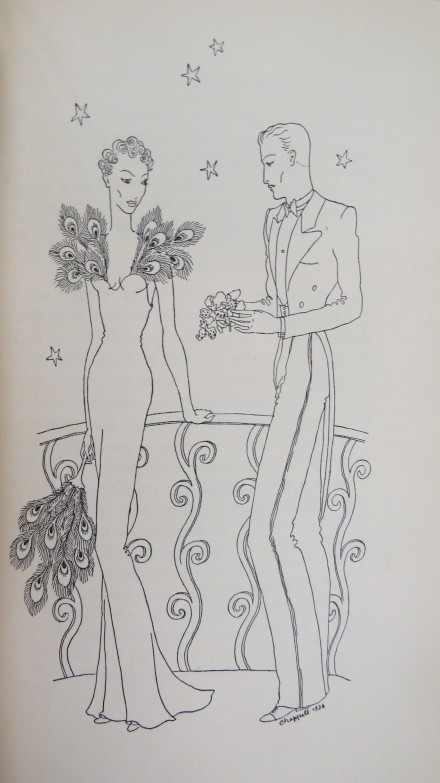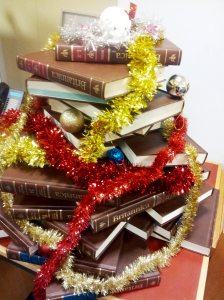 Recently, two of our basement dwellers went roving up to Manchester to attend a conference on innovation, inspiration and creativity: the i2C2 Conference. This was a conference aiming to encourage out of the box thinking to achieve practical solutions (which seems timely because apparently libraries don’t just offer access to information, we also offer solutions to problems).
Recently, two of our basement dwellers went roving up to Manchester to attend a conference on innovation, inspiration and creativity: the i2C2 Conference. This was a conference aiming to encourage out of the box thinking to achieve practical solutions (which seems timely because apparently libraries don’t just offer access to information, we also offer solutions to problems).
In one of the two keynote speeches, Brendan Dawes talked about his approach to data visualisation. Data can be artistically presented. It can be made interesting and it can be made to interact with people. It does not have to be static or boring. Information as art can still be informative whilst being engaging. Raw data is interesting, but a graphical representation might be more memorable, not to mention enjoyable (even if some of us do enjoy numbers and lists without pictures).
Penny Anderson talked about LibraryBox, an open source, portable digital file distribution tool. Inexpensive and easy to operate, LibraryBox is inspired by PirateBox, a mobile, anonymous file-sharing device. Penny Anderson talked about using LibraryBox to create spaces for the sharing of fanworks and creating open libraries. Though some couldn’t see the advantages of such a device in academic libraries, perhaps even public libraries, LibraryBox certainly seemed to show a lot of promise for use as an advocacy or maker-space tool.
David Parkes took us on a psychogeographic library exploration, or a dérive, an unplanned journey around a small block. He suggested finding new approaches for looking at our surroundings, reflecting on the changes in history that must have taken place in the last hundreds of years. Parkes said he used this approach in campus inductions for university students, to make a place imprint on their minds, by going beyond the usual signs and directions.
Sam Helmick (read her post on the conference here) and Mallorie Graham talked about tapping into Generation Y’s tolerance and openness while also trying to find a way around GY’s digital proficiency, which makes them a small library user group. They both talked about making public libraries attractive to this group by offering alternative services, by luring them into the libraries through fun and inventive methods. We liked their ideas so much we invited them down to London for some library chatter.
Other sessions at i2C2 covered topics such as ways to promote library services in a more personalised and less traditional fashion, libraries collaborating with each other in order to complete projects, guerrilla ethos in the libraries and the employment of tactical urbanism, innovation through discussion, using typologies to create informal learning spaces, and library maker spaces that can take library users on creative journeys.
There was also a short presentation on Cityread London, which is of course of interest to us, and begins on April 1st. Andy Ryan’s talk was on how to generate big bucks through partnerships and collaboration. Working with 33 London library services (and booksellers, publishers, schools, museums), each library involved in this project contributed £500, expecting a return of over £15,000 per service.
Overall, the insights we took from the conference were to seek out opportunities for collaboration, to consider any and all ideas, even if only for a second (before asking yourself, really?), and to be open to change and innovation. If/when this conference takes place again, it really is worth attending.
Contributed by: HD
